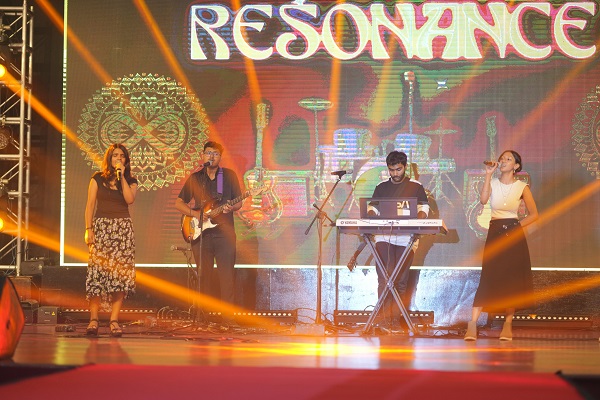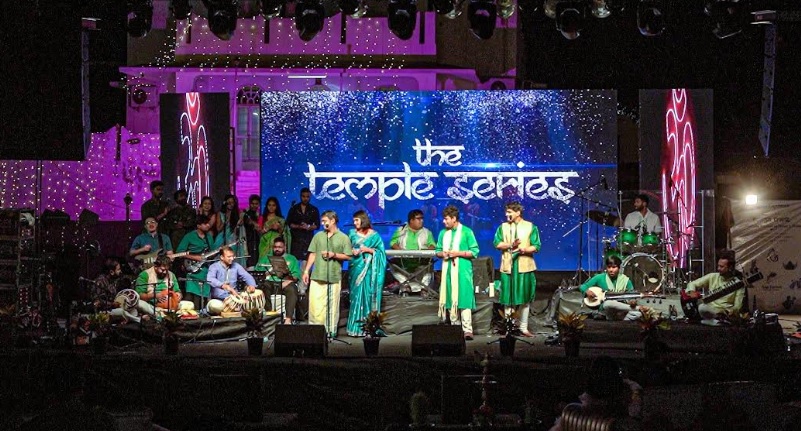During the Kargil War 25 years back, K Nachiketa Rao, then a flight lieutenant with Indian Air Force, survived a tryst with death. Forced to eject from a MiG-27 fighter jet after its engine failed, he was captured as a Prisoner of War by Pakistan troops. He survived for eight days there before he was handed over to Indian authorities.
As NDTV revisits the Kargil War and remembers sacrifices and acts of bravery by Indian soldiers, we spoke to the brave fighter pilot, who retired from the Indian Air Force as a Group Captain in 2017.
The Ejection
Recounting the events on the day that would change his life forever, Group Captain Nachiketa Rao (retd) said he had taken off with three other fighter pilots from Srinagar.
“We became airborne from Srinagar… and the target was at a place called Munthu Dhalo. There was a huge enemy logistics hub there. We got airborne in a set of four aeroplanes. Me and my leader, we were firing rockets. After the rocket attack, I had an engine failure. A MiG 27 is a single engine aeroplane, and in case of an engine failure, I followed the relight process, but since the (ground) altitude was very high, I ran out of height. Once I saw the hills gushing towards my aeroplane, I had no option but to eject,” he said, adding that at the time, he was flying at an altitude of more than 15,000 feet. “It was a fortunate decision because within a few seconds, as soon as I got my senses back, I could see the airplane crashing onto the hillside. I could have gone with that,” he said.
The Capture
But the young fighter pilot’s problems were far from over. “The comfort of a fighter jet cockpit had gone away. For a fighter pilot, it’s very important. There was snow all around, my body was not acclimatised, and just one small pistol and 16 rounds,” he said.
Flight Lieutenant Nachiketa did not know where he was. “I was hiding classified information with me and trying to make a sense of the situation. I could hear a lot of firing. I could not figure out if it was aimed at me. So I ran to take cover behind some boulders. I then saw five-six troopers. By then, it was clear that I was not in an area where our forces were camping. I fired my pistol, but eight rounds finished very fast. Before I could load the other magazine, one of them had reached me,” he said.
“Twenty five years is a very long time, but even now, that guy’s eyes and face are clear in my mind. He shoved the barrel of his AK 47 in my mouth and I was looking at his trigger finger, whether he will pull it or not. But destiny has its designs. The Army captain in charge of the platoon stopped him,” said the retired Air Force officer, who now flies commercial flights.
He said the Pakistani Army captain was able to convince his colleagues that the Indian pilot was just doing his duty as a soldier. “I was made a captive and we went to the campsite,” he said.
The POW Nightmare
Group Captain Nachiketa Rao (retd) said he did not know his location at that point. But, some years back, when he returned to the same area in an Army helicopter, he realised that the camp was on the Indian side, about 6 kilometres from the Line of Control.
He said the ejection had left him with some back pain and cold was seeping into his shoes. “I have a lot of respect for that Captain at a person-to-person level. He saved me from his troopers and when they captured me and here, he gave me first-aid.”
“When our Army finally took over this area and the entire part of land came back to us, this (Pakistani) Army officer was killed. I got to know because I got an extract of his diary from our Army intelligence sources. I have a lot of respect for him for the way he treated me,” the officer added.
From the camp, the captive Indian pilot was then put into a helicopter and taken to Skardu. There he underwent what he described as “soft interrogation”. “After about 24 hours, a C130 (aircraft) came and I was shifted to Islamabad and then Rawalpindi. They took about one day to declare me uncooperative. That is when they handed me over to the ISI specialist cell,” he said.
The airman described what came next as “quite bad”. “Staying alone in the cell with a lot of integration techniques of, heat, standing, hitting, no food. It becomes very tough because they want to break you mentally, physically, emotionally so that you start talking. But, I was again a bit lucky because by the time this part gets over, we get into a state, called drugs or third degree. In case they start third degree, I got to know later, the situation of being sent back is not there. Up till now, all the injuries they can explain by saying that he was trying to escape and all these things happened. But when third degree starts, you’ll have marks on the body they can’t explain. I was lucky that before that stage came, the decision to get me back to India had come.”
Describing the torture he went through, Group Captain Nachiketa (retd) said, “It’s a very systematic process. So they step up the process and see where you’ll break. Physical hardship, then mental hardship, then heat treatment. High voltage bulbs on the cell pointing towards you. Denial of food, denial of sleep.”
“The pain of not eating, pain of not sleeping, the physical pain of being hit on the body, or the mental pain. Now you start thinking which pain is more,” he said.
Asked if it has taken him so many years to be able to talk about this, the retired fighter pilot said, “I retired in 2017. So till the time of serving, we don’t talk of all this. So I did not speak. And after retirement, this is the first time, actually, when I’m coming out to a place like this where I am interacting with media personnel like you. And, of course, part POW phase is not a very comfortable (subject) to talk about. Sometimes it can lead to some hidden trauma that can come back. So usually, I avoid talking about that.”
The Good News
Describing the moment of relief when he found that he was coming home, the retired officer said that he was sent to a safe house and given new clothes. “And people gave me food, and I got all the basic facilities back. I could make out that something had changed. They did not tell me at that stage, but I could sense something had changed.”
He said that after some rest, he was taken to International Red Cross Society. Prisoners of war, he said, are not handed over directly to the other nations just to preclude future implications. “So they have basic medical check-ups are there. After some documentation, they handed me over to the Indian embassy. I spoke to my parents, told them I am fine. Then I had a word with Prime Minister Atal Bihari Vajpayee.”
After The Return
Following his miraculous return, Group Captain Nachiketa (retd) did not fly fighter jets, but was moved to transport.
Asked if it was due to an injury, he said, “What happens is when you, eject, especially if you’re tall, you can have, something called compression injuries on the spinal cord. In my case, that was complicated by no rest after the ejection. I had a multiple compression on the dorsal part of the spine. So the medical procedure which took about 3 to 4 years indicated that I cannot fly the ejection seat once again. So I was shifted to transport airplanes. During these 3 to 4 years, I flew unmanned aerial vehicles. I flew transport planes, then I retired in 2017 and moved to commercial flights.”
The heart of a pilot, he said, “is in the cockpit”. “Whichever aeroplane you fly, as long as you’re flying, that’s so beautiful and divine, other things don’t matter.”
The war hero wears his bravery lightly on his shoulders. “All of us, all soldiers and martyrs, 1,000 plus people who got injured, have done the same job, a focused effort to get an area back that was taken by the infiltrators. It is just that I was on MiG 27, which has more visibility, more glamour, and higher speeds. Otherwise, I’m sure all of us are basically soldiers at heart doing a job which for which we signed up,” he said with a smile.














